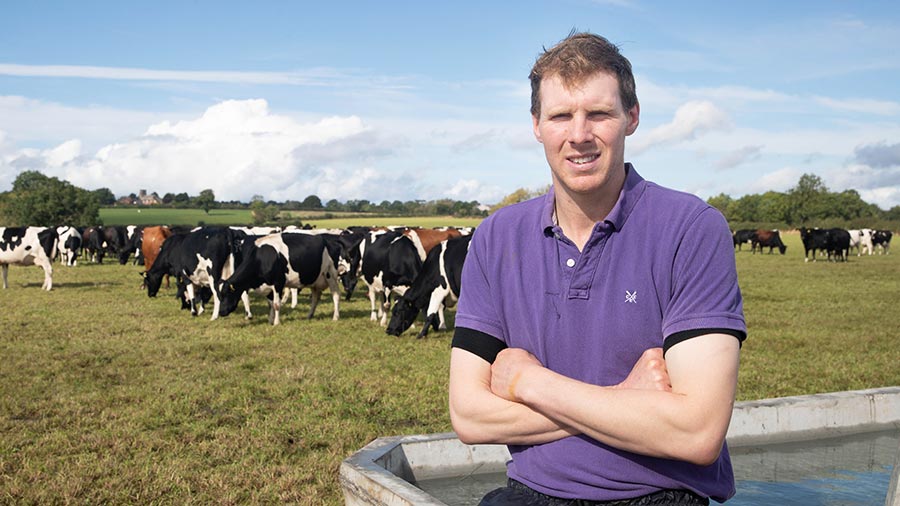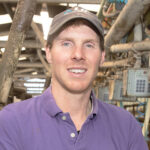Farmer Focus: Cutting demand to eke out grass platform
 © Tim Scrivener
© Tim Scrivener Farming with extremes in weather patterns seems to be a recurring theme over recent years. Rain was welcomed last week, with drought stress visible across the farm.
Grass growth had dropped to 25kg dry matter (DM)/ha a day and spring crops were suffering, particularly those redrilled after leatherjacket damage. But recent rain has given them life.
The winter oats looked well, although the heavy rain has lodged about 5ha, which is frustrating. The milking cows are looking in good condition and enjoying the sun on their backs.
See also: How an Irish farmer combines grazing with milking robots
Production is slightly under budget for June, at 1.45kg milk solids a head (16.5 litres), possibly due to turning them onto some slightly higher covers and grazing poorer-quality grass before the rain came.
They are being supplemented 1.5kg/day a head of rolled oats through the parlour feeders with no silage at present.
Before the rain, we applied dirty water to one-third of the grazing platform at 100cu m/ha, which has certainly kept it green.
To reduce demand on the platform, youngstock have been moved to silage land, dropping demand from 70kg DM/ha a day to 55kg.
There will be 300 cows dried off by the end of July, which will reduce demand by a further 30kg DM/ha a day.
Another cut of silage will be made at the end of this week, which we will use to feed the R2s (breeding heifers) over winter.
Looking ahead to next year, our electricity contract is coming to an end after three years (on what is now a very low rate).
We are researching options for on-farm renewables, to provide a reasonable saving that will also tick the “green energy” boxes on our milk contract audit.
With our winter peak demand, roof solar panels with battery storage are the likely option. Our current usage is around 275kWh a cow, which is average in our benchmarking group.
However, housing cows over winter and kit such as running autoscrapers increases demand compared with that of a spring-calving system.
We have invested in variable speed milk and vacuum pumps and heat recovery from cooling systems, which have seen savings, however, more individual meters on appliances would allow closer control/analysis of power usage.

